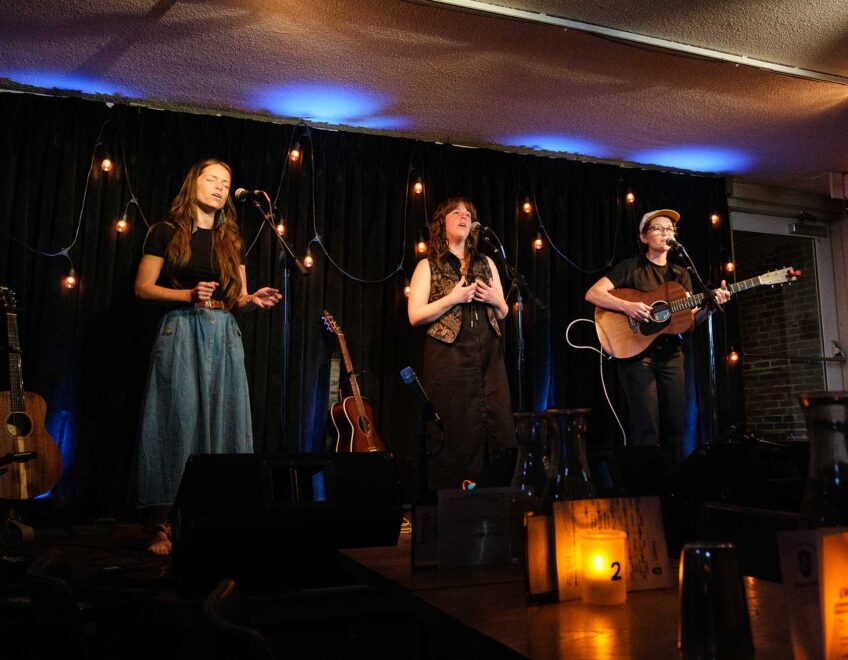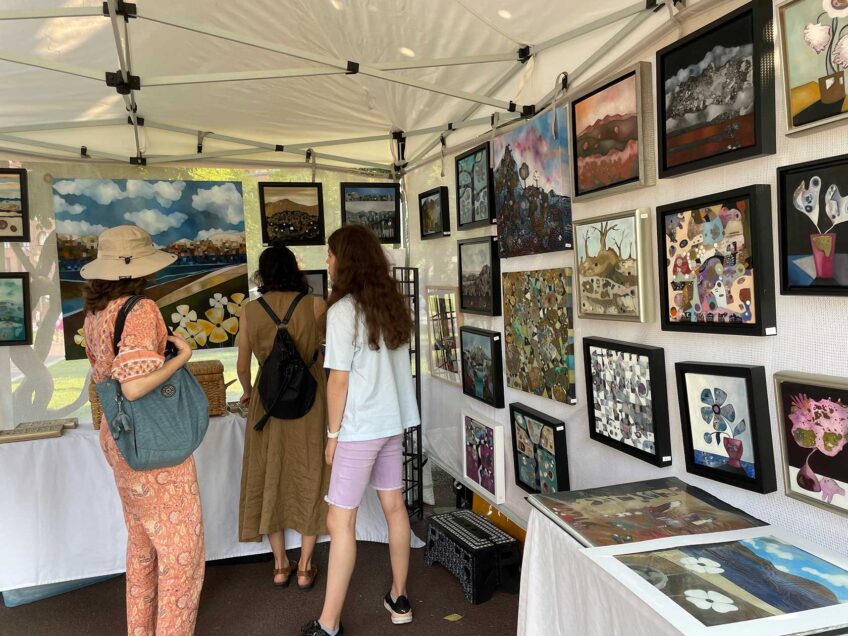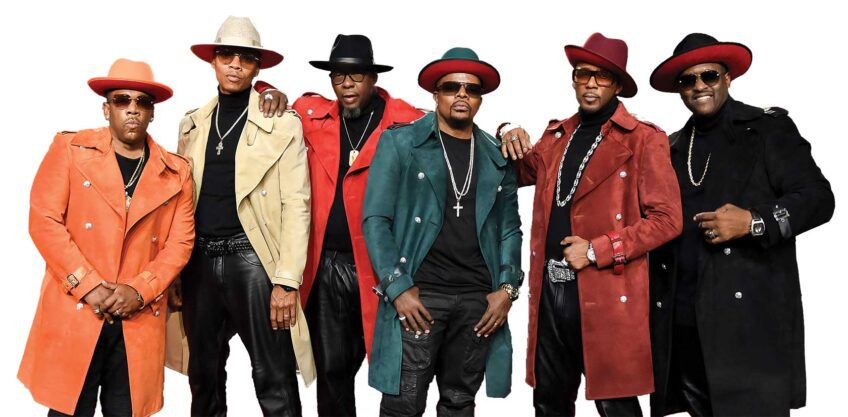
Boston-based artist Steve Locke never expected anyone to be remotely interested in his work — ever. He describes himself as a working person. He got a job as a secretary at the Massachusetts College of Art and Design and always thought that he would work four days a week and make his art three days a week. His goal was simply to make enough money to feed himself and support his artwork.
“I never cared what anybody thought,” he said in a one-on-one sit-down with the Banner earlier this month at the Isabella Stewart Gardner Museum. “I never thought anybody would be interested. I never did. It comes as a total shock to me that people have worked so hard on my behalf to help me realize my vision. And I’m deeply, deeply grateful to the Gardner, who has been wonderful to me.”
This vision includes his latest project, an installation called “Three Deliberate Grays for Freddie (A Memorial for Freddie Gray),” to be placed on the Anne H. Fitzpatrick Façade of the Gardner Museum on Evans Way on Tuesday, June 26.
The installation is an abstract portrait of Freddie Gray, the young African American man whose brutal treatment while in Baltimore Police custody led to his death in 2015 at the age of 25. The exhibit came about in part, Locke explained, because he had been “thinking about this sort of unmonitored open assault on people of color … and particularly the way people use policing.”
He added, “With Freddie Gray it followed a typical scenario where someone was targeted because of their skin color. And there was a narrative: ‘Oh, he had a knife,’ ‘Oh, he was dangerous,’ ‘Oh, he was wanted for something else,’ where it turned out none of those things were true. And then this man lost his life and no one was held accountable for it. That sort of narrative has happened way too many times in American life.”
After repeatedly seeing the videos of Gray being arrested and images of Gray in the hospital, as well as what Locke describes as “the sun-drenched photo of him on the street corner wearing that red shirt,” the images were seared into his brain. “I kept thinking about that loss, and how I wanted to mourn that loss,” he said.
For the façade installation, Locke generated three distinct monochromes by averaging the pixels of three individual photos of Gray that were frequently in the media. One is a family photo; one is from his arrest; and one is an image of Gray in the hospital on life support. The resulting colors form a time line of the life, suffering and death of Freddie Gray.
The Gardner residency
An artist-in-residence at the Gardner Museum in 2016, Locke is the 12th artist to create a temporary, site-specific work for the Museum’s façade since it first began commissioning billboard-sized art works. Pieranna Cavalchini, the Tom and Lisa Blumenthal Curator of Contemporary Art who directs the Artist-In-Residence Program, had followed Locke’s work for a number of years. She invited him as a resident “because of his work, which is really strong and getting stronger constantly,” she said. “And then there was an added bonus of just who Steve is as a person. He reaches out to people in the most amazing and generous way.”
There’s no curriculum or schedule created for Gardner artists-in-residence. They live in an apartment on the premises of the Gardner for a month and are given incredible access to the Museum and its collections. “The idea is to give the artist what I call the ‘gift of time,’ without asking for anything,” said Cavalchini. “It’s really allowing them to immerse themselves in the collection, which is an incredibly powerful resource. It’s a living place. The artists go where they want to go.”
Cavalchini added, “Most people end up doing work in some way that’s responsive to the collection. It’s always great because it’s new work in the voice of the present. … It’s a great alchemy. Some really great things have come out of it including this amazing façade that will be going up shortly.”
Neighborhood-facing art
About his collaboration with the Gardner, Locke couldn’t be more thrilled. “I wanted to make a work that faced Mission Hill that spoke to the people who live there. The educational staff and the curatorial staff do wonderful work in outreach to bring people into this museum, the teens behind the scenes — all these kids have this relationship with this place which is fantastic to see.”
With nothing but praise for the Museum, Locke concluded by saying, “I come in here and I feel welcome here. I feel like this is my place and I want other people, especially people who live in this neighborhood, to feel like this is their museum. That’s what the Freddie Gray piece means to me. Probably more than anything as a projection of the museum’s affection for its community, and my own public act of mourning for Mr. Gray.”






